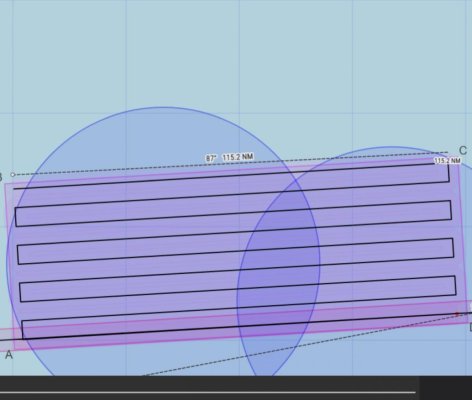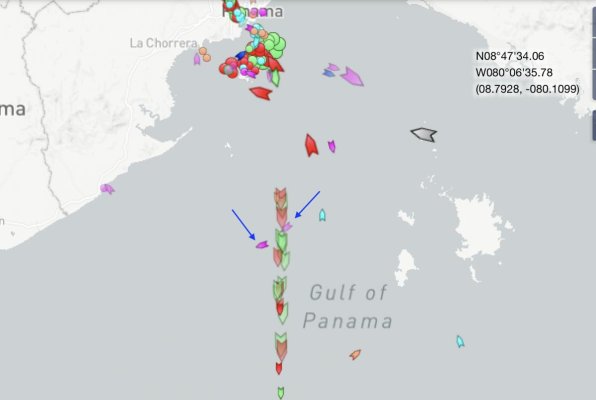Portage_Bay
Guru
- Joined
- Oct 19, 2015
- Messages
- 2,658
- Location
- United States
- Vessel Name
- Pacific Myst
- Vessel Make
- West Bay 4500
Agree a hand held satphone is a good addition. I have when I felt I needed one rented and used pre-paid cards. This gave me the security of knowing I had emergency two way comms while having strict cost control. It's been a while so I don't know if that's still possible.
Preprogramming the sat phone, entering numbers in the inReach, having a shore side primary contact who has all the relevant info are all important considerations when cruising, especially off the beaten path.
In addition to assisting with comms to search and rescue your shore side person can handle the traffic you don't have time to deal with. For example concerned relatives and friends asking for updates and expressing their thoughts regarding your situation.
Preprogramming the sat phone, entering numbers in the inReach, having a shore side primary contact who has all the relevant info are all important considerations when cruising, especially off the beaten path.
In addition to assisting with comms to search and rescue your shore side person can handle the traffic you don't have time to deal with. For example concerned relatives and friends asking for updates and expressing their thoughts regarding your situation.


